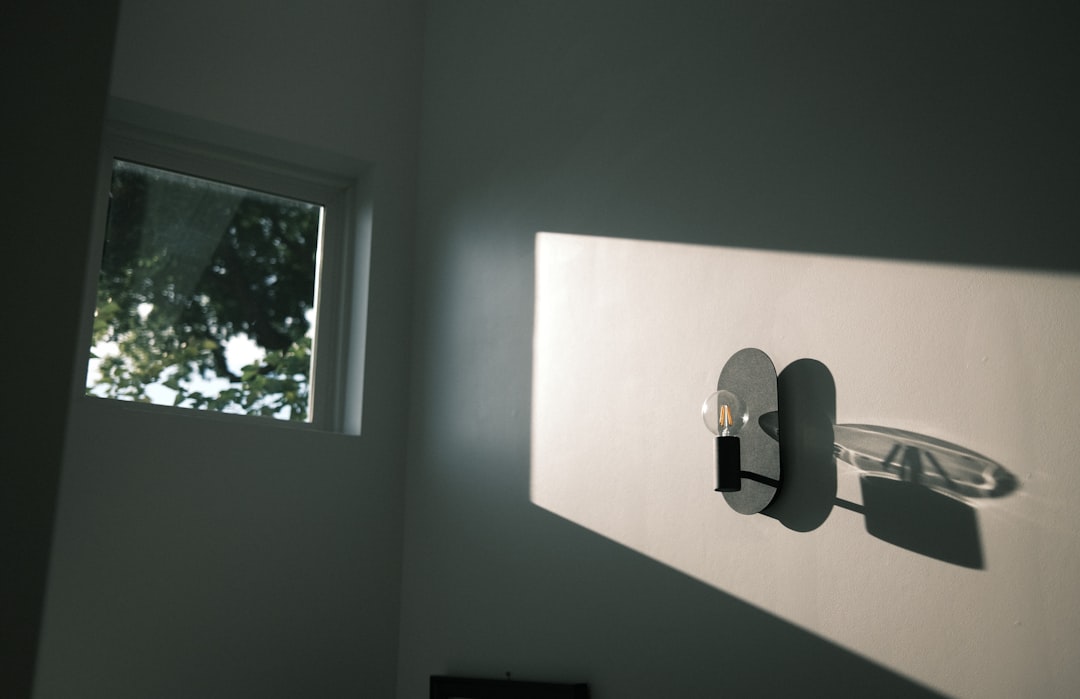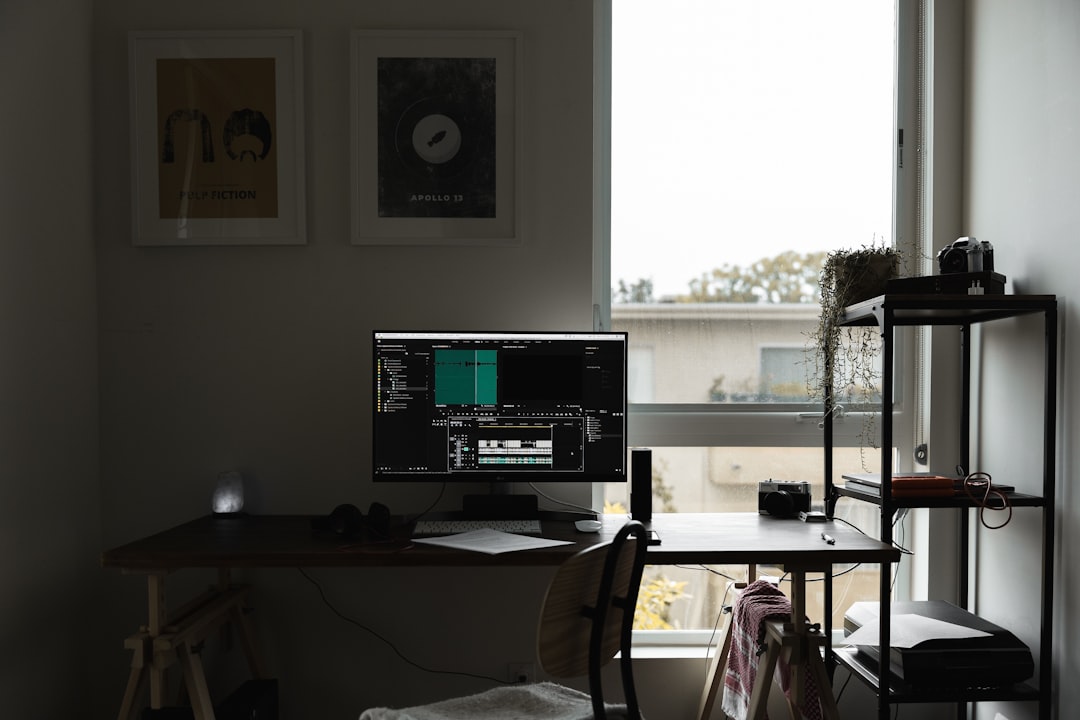If you work from home (or half the time from home), your webcam is now your window to the world. It’s how you meet clients, talk to your team, and maybe even attend a virtual lunch party or yoga class. So yes, your webcam matters a lot more than you might think.
But with so many webcams out there, how do you choose the right one? And what in the world are autoframing and HDR, anyway?
This guide breaks it down in fun, bite-sized pieces. Let’s dive in!
Why Webcams Became MVPs
Table of Contents
Back in the day, webcams were an afterthought. Grainy image? Nobody cared. As long as people could see a blur that roughly looked like you, it worked.
But now? You’re video chatting with your boss, teammates, clients, and even a few high-stakes folks. Looking your best on screen is more than vanity — it’s professional.
That’s why webcam tech has leveled up. Features like autoframing and HDR are making virtual meetings a lot more pleasant for everyone — yes, even your coworkers watching from their cat-filled living rooms.
What is Autoframing?
Ever walk around while on a video call and suddenly half of your head disappears off-screen? That’s where autoframing comes into play.
Autoframing means your webcam automatically keeps you (and others) in the center of the frame. So even if you move a bit, the camera stays with you. Like a tiny director following your every move… but in a good way.
It works using smart tech like facial recognition and motion tracking. Some webcams can even track multiple people at once — perfect for a group call from your living room couch.
Why You’ll Love Autoframing
- Less awkward adjustments: No more leaning awkwardly to get centered.
- Move naturally: You can stand, pace, or stretch without disappearing off screen.
- Professional look: You’ll always look well-framed — like someone who means business.
What is HDR?
Ever look amazing in real life, then hop on a video call and suddenly look like you’re in a dungeon or glowing like a flashlight? That’s a lighting issue.
HDR stands for High Dynamic Range. It helps balance very bright and very dark areas in the video. So if you’re sitting with a bright window behind you or only one desk lamp lit up, HDR saves the day.
It brings out your features, tones down harsh lighting, and gives the entire image a more natural, real-world look.
Perks of HDR
- Better color: Your skin tone, clothes, and background all look more accurate.
- No blown-out windows: Bright lights won’t wash out the picture.
- Low-light magic: Even if it’s cloudy or dim, HDR makes you shine (in the good way).

Autoframing vs HDR: Do I Need Both?
Short answer: yes, if possible.
They do two totally different jobs. Autoframing helps with movement and camera composition. HDR helps with lighting and colors. Put them together and your video calls go from “meh” to “wow.”
And the best part? You don’t need to mess with a bunch of buttons. These features usually run in the background once you turn them on.
Best Webcams for Hybrid Workers (with Autoframing & HDR)
Here are some great picks if you want both features in one tidy camera:
- Logitech Brio 4K – High-quality 4K video, auto light adjustment, HDR, and autoframing. It’s a favorite among pros.
- Microsoft Modern Webcam – Offers HDR and auto-adjustments, very clean image, and great for Teams meetings.
- Obsbot Tiny 2 – Uses AI-powered autoframing and even gestures to follow you around. It’s like having a tiny camera crew.
- Anker PowerConf C300 – Affordable, sleek, comes with HDR and AI framing. Plus, it looks great clamped to any monitor.
There are other options too — just make sure to read the specs and reviews. Look for “autoframing” and “HDR” in the description!
Other Webcam Features to Watch For
If you’re webcam shopping and want a complete setup, check for these too:
- 1080p or 4K resolution – Clearer video means you’ll never look pixelated again.
- Stereo microphones – Great for better sound if you’re not using a headset.
- Adjustable field of view – Wider angle? Narrow view? Control how much of your room is visible.
- Software support – Some come with cool apps to tweak settings quickly.

Do You Even Need a Webcam?
If you use a laptop, you probably already have a built-in webcam. But those are often… well, not great. They usually don’t have HDR or fancy autoframing, and let’s be honest — even the color balance is often off.
If your job involves regular meetings, interviews, streaming, or being on camera with clients, a dedicated webcam is a smart buy. Consider it part of your WFH toolkit.
Tips to Look Your Best on Camera
Even the fanciest webcam can’t save you from a poorly lit room and a cluttered background. So here are a few tips:
- Use natural light: Sit facing a window if you can. If not, use a lamp behind your screen.
- Declutter: Nobody needs to see your laundry mountain in the background.
- Raise the cam: Use books or a stand to make the camera eye-level. No one wants “up-the-nose” angles.
- Test before you go live: Do a trial run before a big call or interview.
Conclusion: Smart Webcam = Smart Worker
A good webcam does more than show your face. It helps you communicate clearly. It tells people you’re serious about your work. And let’s be honest — it makes your job feel a little more fun.
Autoframing keeps you centered. HDR makes you look great, no matter the lighting. Together, they help you work smarter, not harder — even from your home office (or kitchen table).
So go ahead. Upgrade your webcam game. Your future Zoom self will thank you.
